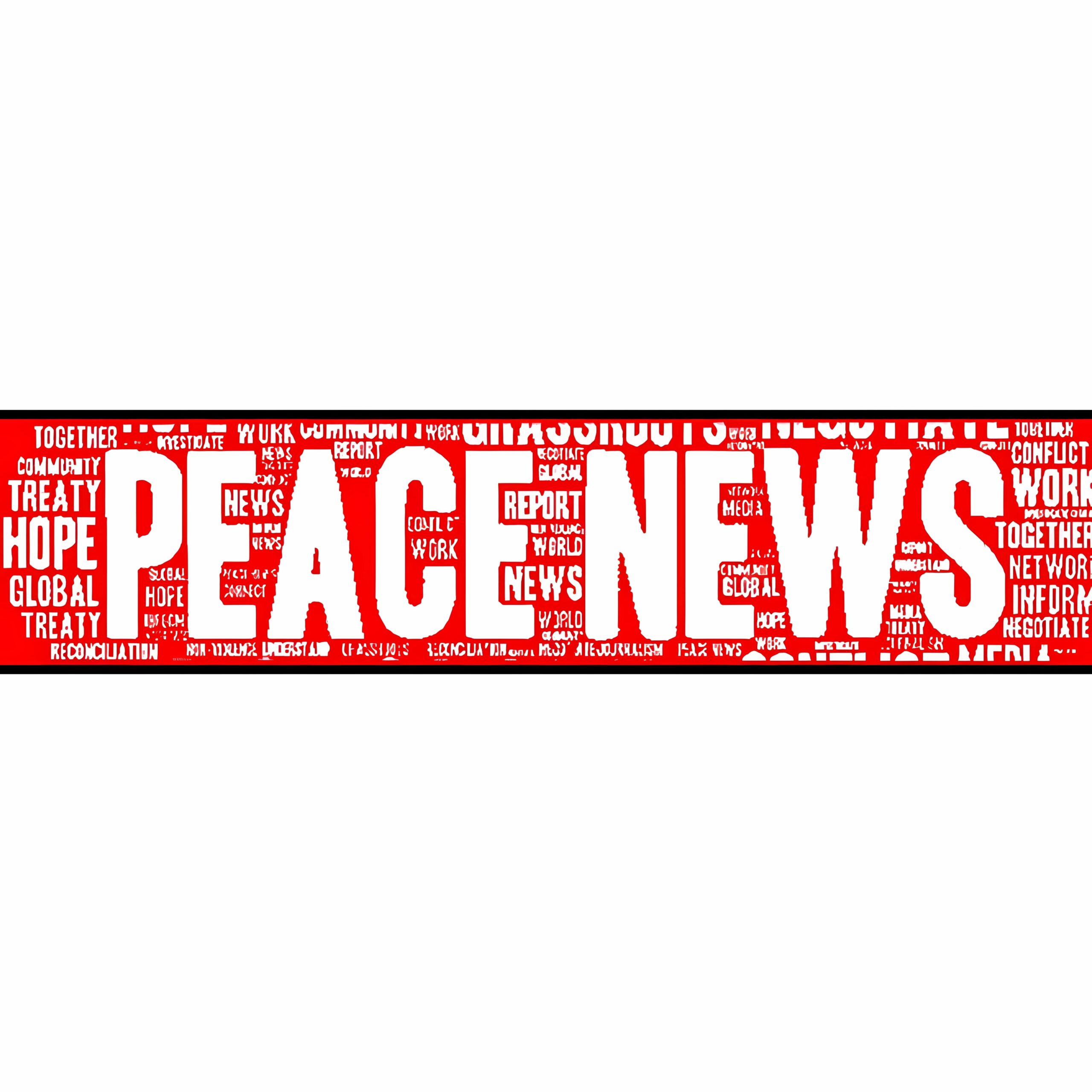The Nagorno-Karabakh conflict is a dispute between Armenia and Azerbaijan, as well as the unrecognized Nagorno-Karabakh Republic (Artsakh) itself, historically populated by an Armenian majority. Besides the three parties to the conflict, there are global and regional players involved including Russia, Turkey, Iran, the U.S. and the EU (as well as European countries like France).
In general, media framing of the Nagorno-Karabakh conflict is oriented toward violence and confrontation. However, there have been initiatives involving peace journalism since the 1994 ceasefire from regional media agencies and local initiatives by non-governmental organizations (NGOs) and small private media agencies. These efforts commonly focus on storytelling about ordinary people in and around the conflict zone. Peace journalism initiatives about the Karabakh conflict are either carried out by practicing journalists with their individual field stories, or various websites, blogs and talk-shows interested in the human aspects of interaction with an opponent. Our study on the limits of peace journalism in the Nagorno-Karabakh conflict demonstrates that there is more scope for peace media and peace journalism as alternative media coverage than what is currently occurring. This is especially the case in states with free or partly free media and Internet versus those with restrictions and sanctions, such as those that imprison journalists. Democratic states do not guarantee a wide spectrum of possibilities for peace journalism either, but they at least create the necessary preconditions for an alternative and more balanced and unbiased media framing of armed conflicts (especially if distant from the conflict region).
There have been a number of attempts to implement peace journalism and media in relation to the Nagorno-Karabakh conflict in recent decades. One relatively successful attempt at peace media was the project Front Line – TV bridges between the capitals of Armenia and Azerbaijan (Yerevan and Baku). The project was implemented by the international organization Internews. For six months (November 2000 – April 2001) the Prometheus (Armenia) and ANS (Azerbaijan) TV channels broadcast the show to five million viewers via interactive video dialogues between representatives of both countries – varying from politicians to sportsmen.
Another attempt to bring together journalists from Azerbaijan, Armenia, and the Nagorno-Karabakh Republic to find common narratives about the everyday life of ordinary people was a project called Unheard Voices, launched in 2014 through International Alert. In March 2015, a group of journalists and scholars from the South Caucasus met in Tbilisi with the aim of developing a code of ethics for journalists covering conflicts in the region. The code was jointly prepared during this meeting and further developed with feedback from a wide range of journalists. The principles of conduct, both ethically and methodologically, adhered to the philosophy of peace journalism. More recently, in July 2018, the journalist Anna Hakobyan (spouse of the prime minister of Armenia, and chief editor of The Armenian Times news agency) launched the campaign Women for Peace, aiming at a dialogue among women leaders and activists of the societies involved in the Nagorno-Karabakh conflict. Hakobyan’s campaign became a media-event and was well covered by the media not only in Armenia and Nagorno-Karabakh, but also in Azerbaijan. The message of Women for Peace campaign aimed at shifting the focus from the interests of one of the conflict parties to the interests of a group of women in the societies involved in the conflict. Hakobyan implicitly used the toolkit of peace journalism with the aim of ensuring a dialogue between the societies involved in the conflict, and created another example of how the impartiality of peace journalism can be combined with peace advocacy. At the institutional and state level, peace journalism would achieve more attention if constantly practiced, incorporated pragmatically into news routines, and if it could show positive change for peacebuilding efforts.
Featured image: Flag (Adam Jones)
Arthur Atanesyan
DSc in Political Science, Professor, Head of Department of Applied Sociology, Faculty of Sociology, Yerevan State University, Yerevan, Armenia, atanesyan@ysu.am




